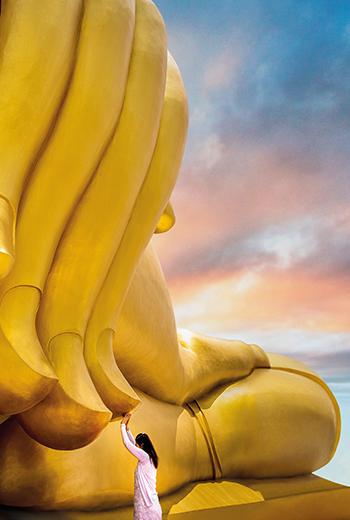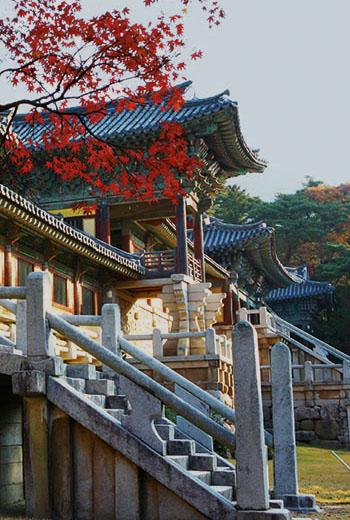Планета
The Ringed…
Наталья Соколова

There are some interesting places in the north of Thailand, near Chiang-Mai, that the tourists call long-neck-women villages where refugees from Myanmar and Laos live.

Getting there several decades ago, they settled in that place, many of them got Thai residence; however, they kept their way of life, therefore they attract lots of tourists. Indeed, such people live off tourists: they sell simple souvenirs, show their homes and have pictures taken with those who wish.

We arrived there on a legal basis; we bought tickets – this retro village also would like to survive – no matter… Strolling from one bamboo house to another with neither electricity nor amenities inside, we felt unwelcome guests there who appeared to be in the wrong place and at the wrong time.
Nevertheless, those people are friendly, open and affable. They talk willingly about their lives. However, our guide Charоеnrat looked at us helplessly from time to time, «I can’t understand what they are talking about». Actually, the Karen language has been a mystery for linguists for a long time: unlike many other ethnoses that moved to Thailand their culture had avoided obvious Chinese influence.

I believe the most flamboyant Karen tribe is a long-neck-women tribe. Since childhood they wear a 5-kilo structure on their necks. Unfortunately, I didn`t have a chance to become familiar with this tradition and be wrapped in the brass spiral as this process is long and super complicated. However, maybe it's for the best. Because even trying on a staff offered to tourists to take picture in it, asubstitute of a real «necklace», I realized how heavy the burden on the women’s shoulders was.
Not all Karen women are long-necked. This is a tradition of the Padaung ethnic group. What a sophisticated story they say about their origin! Once upon a time, a dragon female and the wind fell in love; when the wind got to know that his beloved got pregnant, he started flying around until the dragon gave birth to a cocoon and the first Padaung got out of it!

The girls get such beautiful jewel wound around their necks when they are five or six years old. This is the whole ritual that occurs once a year. It is impossible to wrap the neck in the brass wire, which is about a centimeter thick, only with assistants! And first you need to heat it so that the metal becomes soft and pliant and then wind it as a spiral.
The girl gets older and a number of turns increase; elderly women can have up to forty of them. Besides, the neck doesn’t get longer; it is the shoulder girdle that becomes deformed going down. If a woman took off the rings, herskeleton comes back to normal several years later.

Theoretically, a woman could say, I am not going to wear this heavy staff on me! But everyone there realizes that the tourists wouldn’t be interested to come and they would have nobody to sell the souvenirs to.
There are several versions of origin of this unusual tradition. First, the rings protected the women’s necks from tiger bites that could attack while their men were hunting. However, there is a question then, why weren’t little boys protected from tigers in the same way?

The second version says the rings make the tribal women extremely good-looking. Well, it’s not for us to say… And the third version is opposite; the ladies were thought to be made uglier so that strangers wouldn’t stare at them.
We told all the three versions to a respectful Padaung and he indirectly confirmed the third one by his short reply, «So that they wouldn’t merry and leave for other tribes».

I can’t say that those people look happy, but I can’t say they are unhappy. They just live under the provided conditions. They live in their stilt homes; they sleep on the floor mats, grow rice, some vegetables and fruit, theyranch cattle, cook food outside, give birth to children and bring them up. And together with their children they show their everyday life and traditions to curious foreigners and every morning they put on a national dress the same as their great-grandparents wore rather than jeans or brand suits… But they live their life.

Photo and video by Eduard Galeyev
For more information, please visit www.longneckkaren.com
Наши контакты: +7 707 268 4006, travelmagazine.kz@gmail.com
Copyright
© 2025·Travel Magazine
При полном или частичном использовании материалов ссылка на Travel Magazine обязательна. Для сетевых изданий обязательна гиперссылка на Travel Magazine.









